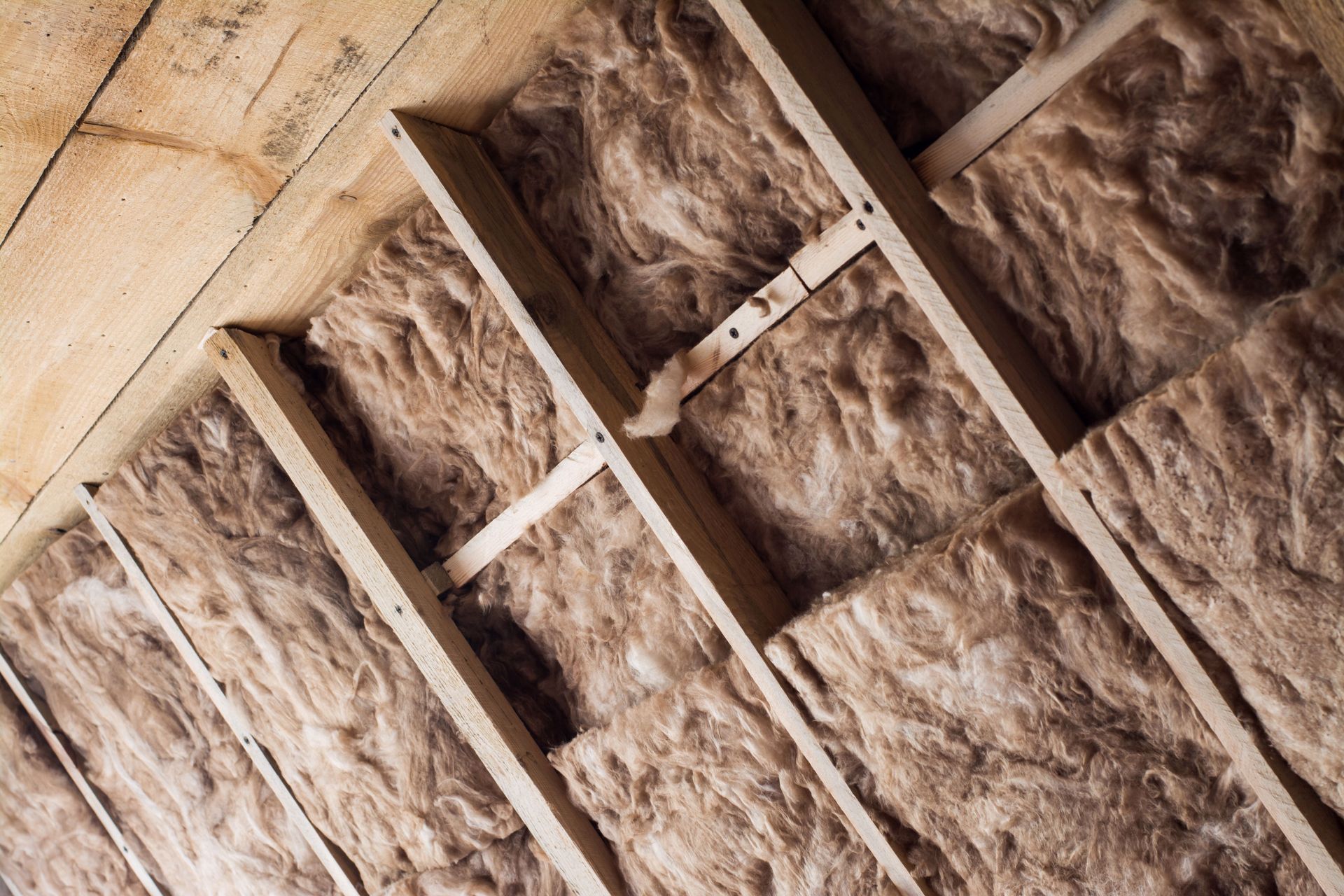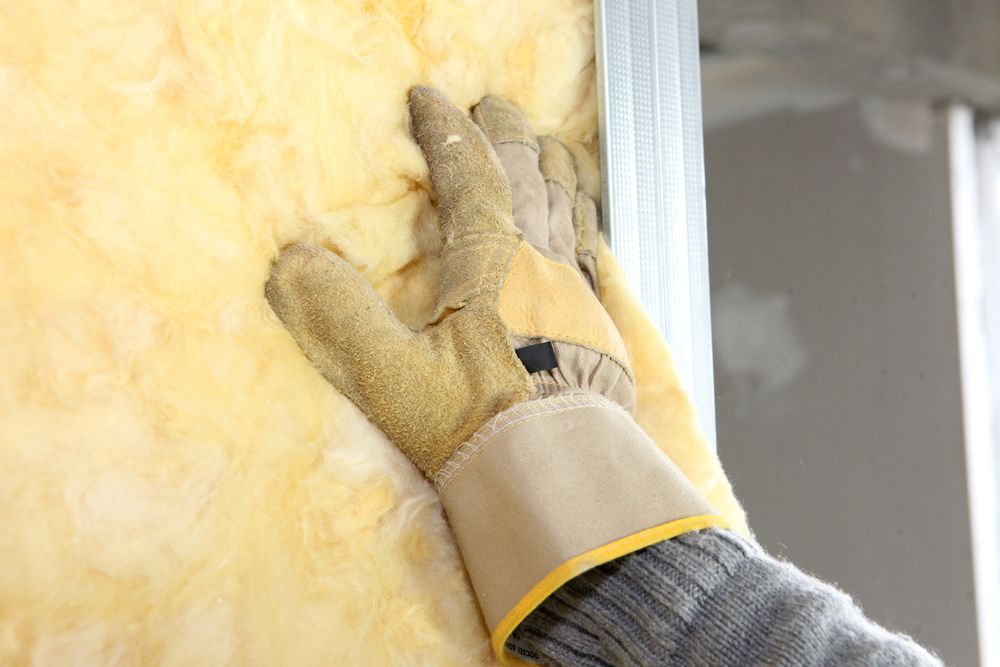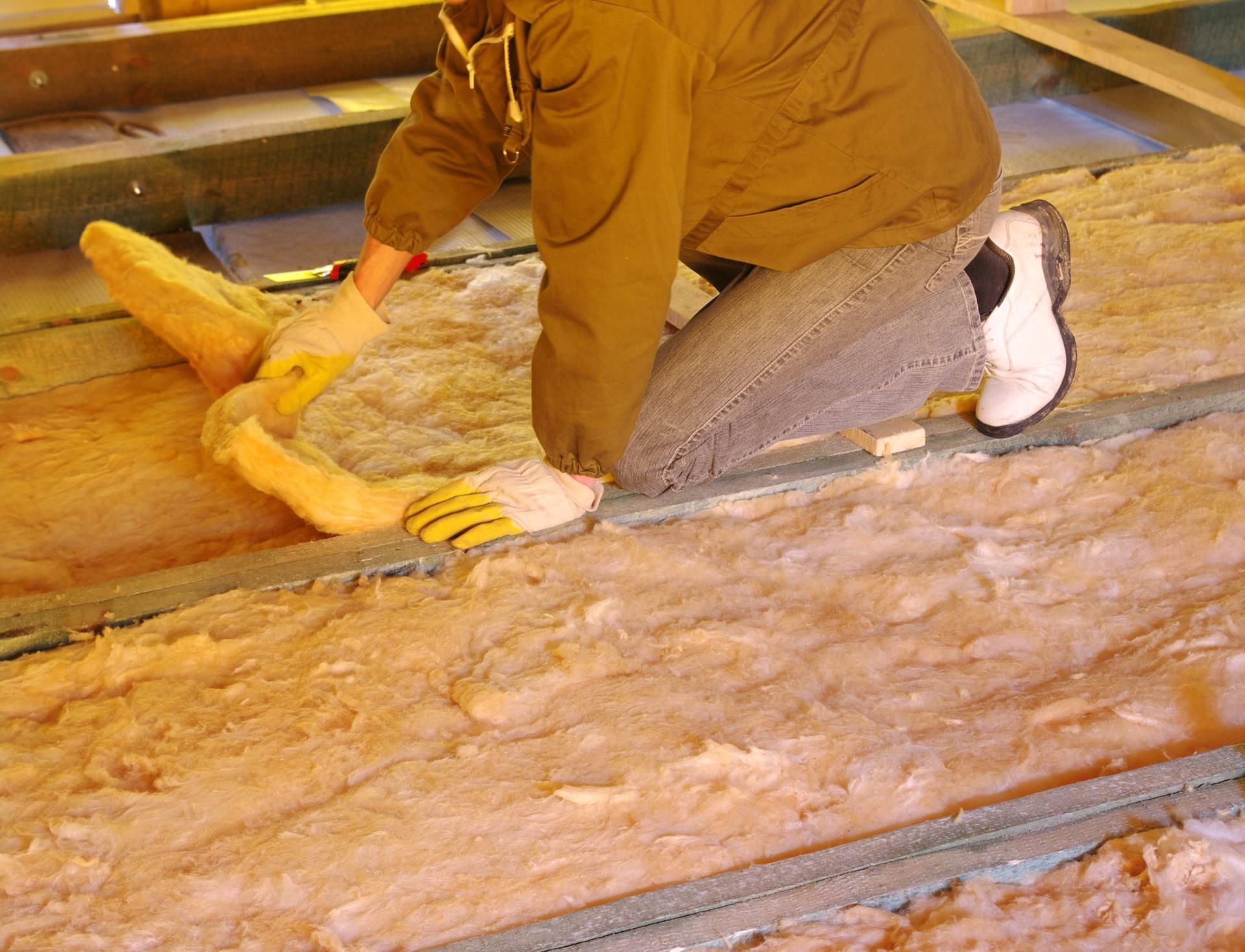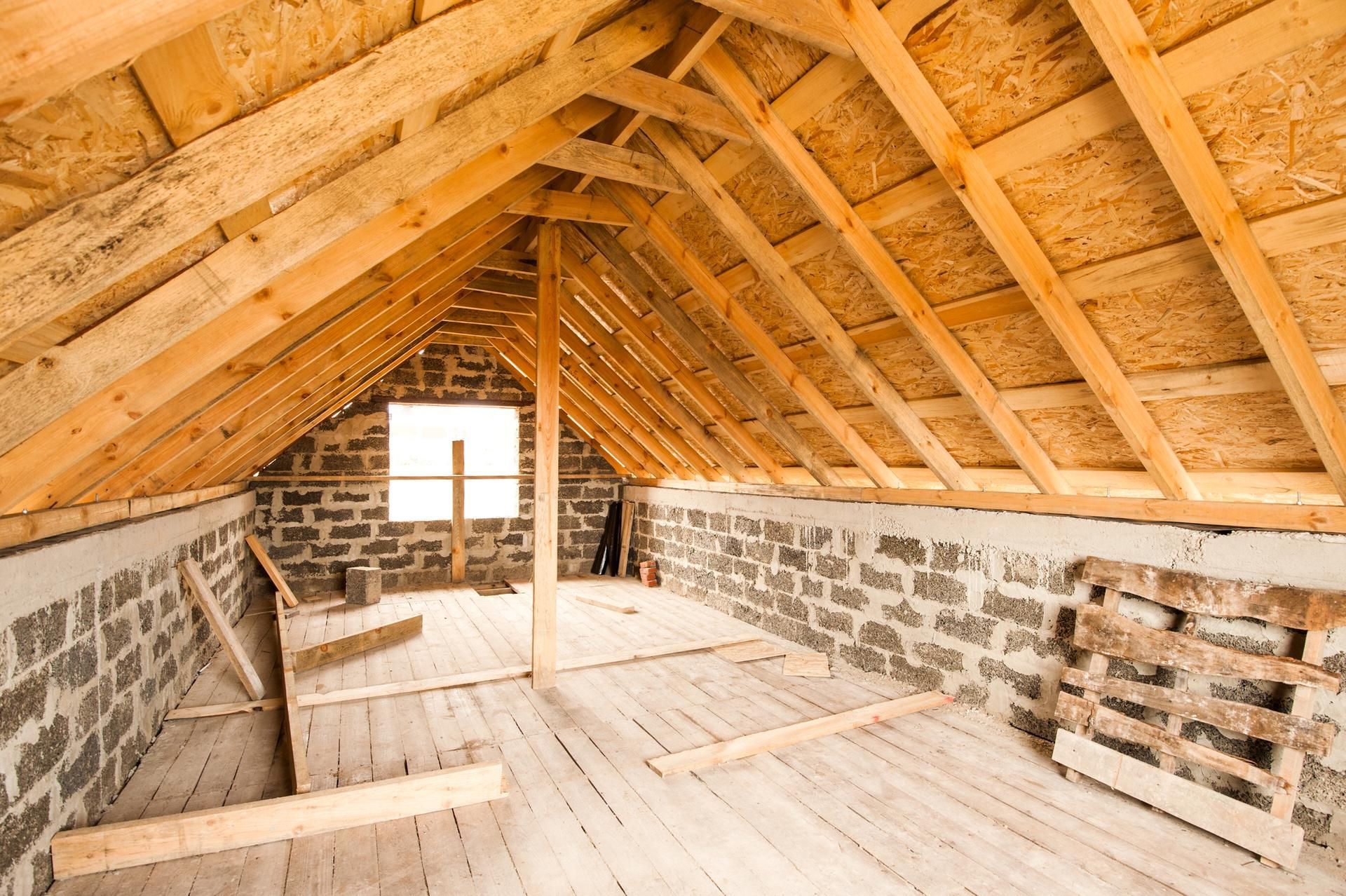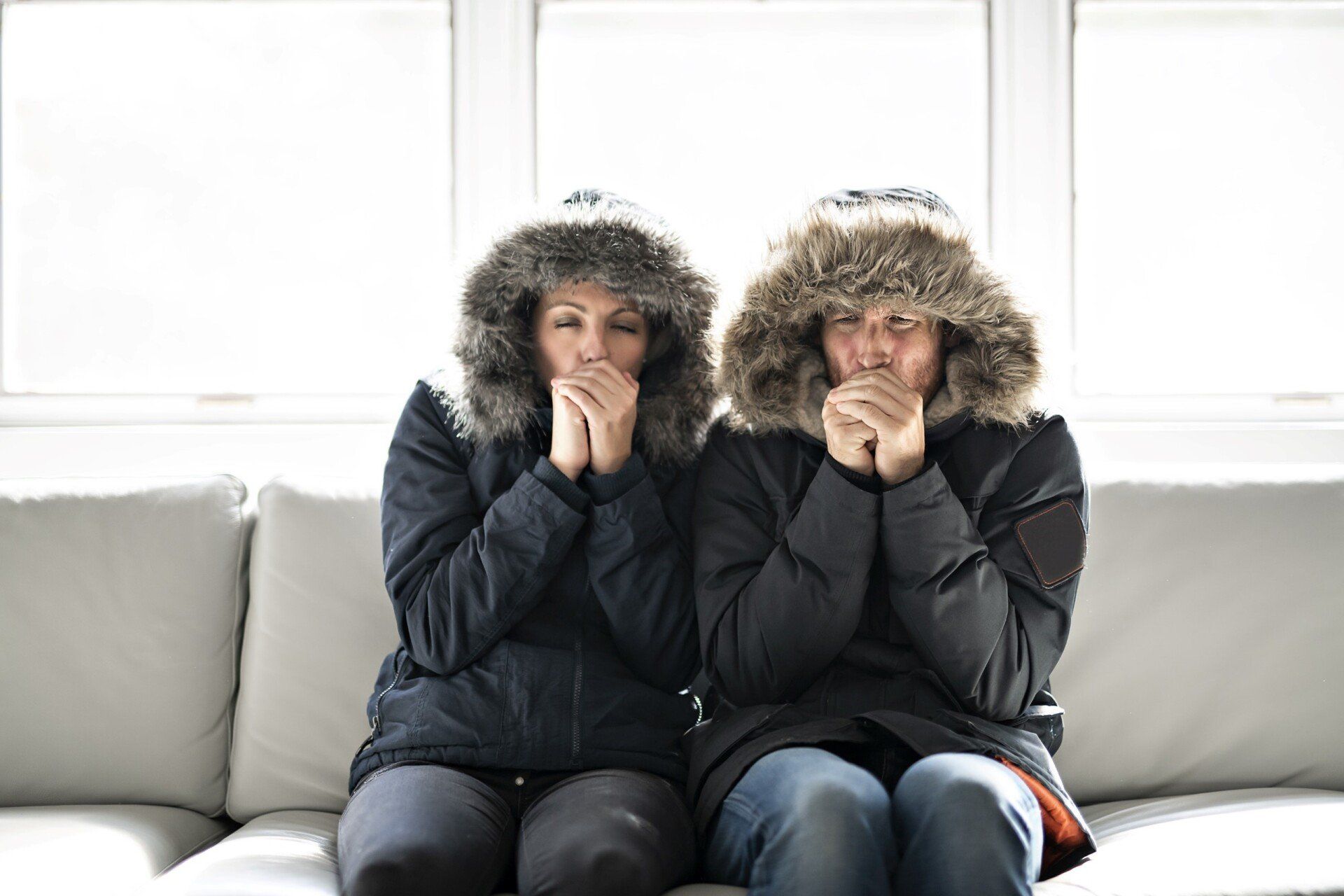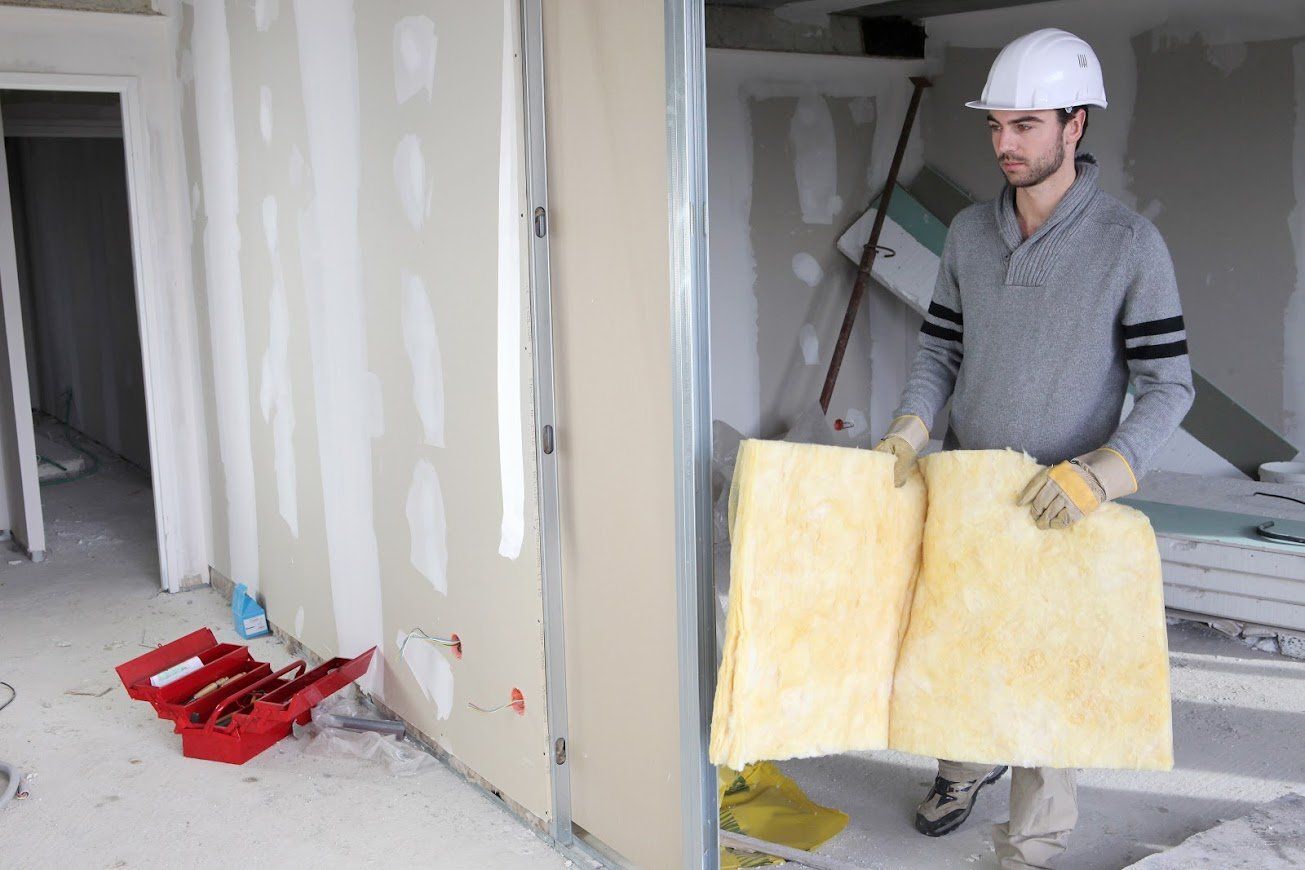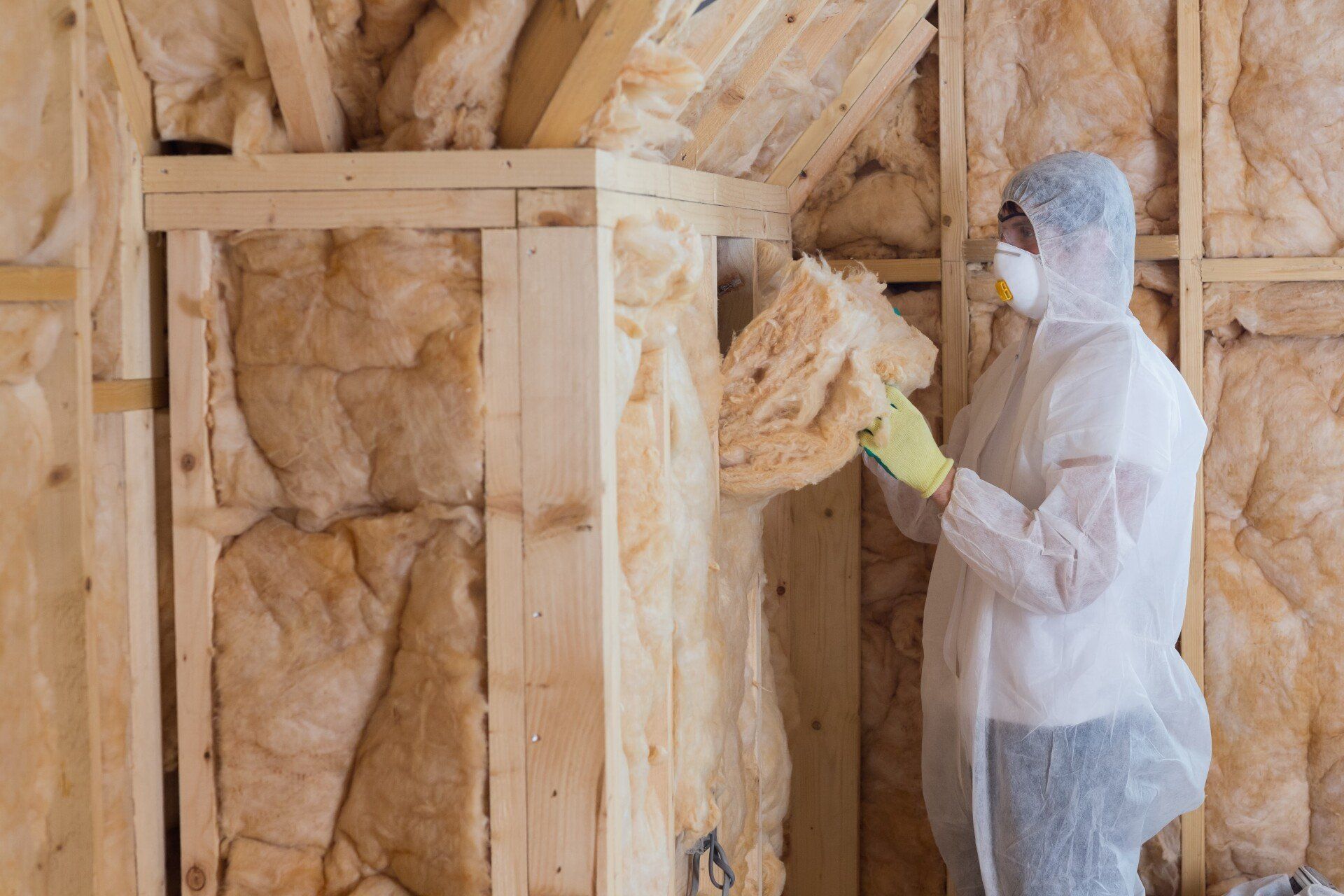5 Common Places to Put Insulation
websitebuilder • August 10, 2021
5 Common Places to Put Insulation
Insulation is a common element in homes to ensure that they stay comfortable, quiet and energy-efficient. But are you aware of all the places where insulation is in your home? Discover five areas where you are likely to find insulation or need to place new insulation in the future.
1. Attics
Attics are usually directly under the roof of the home and can experience extreme temperature shifts, which can, in turn, impact the rest of your home. For that reason, insulation is necessary for the attic space to develop a better thermal envelope for the home and keep you from experiencing excessive hot and cold.
But where in the attic does the insulation go? First, the insulation needs to be placed thoroughly around the insulation walls, including any interior walls. Additionally, it should be in the attic ceiling and even the floor, especially if you experience colder temperatures in the winter.
Lastly, insulation will be in any area that could promote airflow. These areas include wiring, pipes, ducts or fixtures.
2. Walls
The walls of a home, on any storey, require insulation as well. While the attic and basement are common areas for temperature fluctuations, walls can help or hinder a home’s comfort level with the amount of insulation they have. Wall insulation is also often necessary to reduce sounds between rooms or outdoor noises.
Furthermore, wall insulation is necessary in all walls of the home. The exterior walls are a given, but interior walls, including half-walls, can benefit from insulation as well.
3. Floors
You might not think to put insulation in your floors, especially if the space between floors isn’t that big. However, insulating a floor can mean the difference between chilly floors all day long and comfortable floors you can relax on. Floor insulation is mainly meant for temperature control between storeys, moisture prevention, draft elimination and pipe protection.
Insulation in floors usually occurs underneath the floorboards. Good insulation should go right to the corners of the area being insulated. People achieve floor insulation by either pulling up floorboards and installing the insulation or by placing the insulation via an accessible area, such as a crawl space.
4. Basements
Besides the attic, the basement is often the most common part of the home to experience extreme temperatures. That’s why, like attic insulation, basement insulation is very common.
Basement insulation is often everywhere in the basement, especially the walls and ceiling. Both of these areas are prone to chilly temperatures and mould growth without the right protection, so basement insulation is usually to be found in wall cavities, as well as in the above ceiling below the main storey level. That way, a person can enjoy a comfortable basement without shivering.
5. Ceilings
Besides the ceiling of your attic, any ceiling in your home benefits from insulation. Again, ceiling insulation helps to keep temperatures under control, keep cooling and heating system working efficiently and improve the overall comfort level of the area.
One particular type of ceiling that should have insulation is a cathedral ceiling, or a ceiling that rises dramatically above the rest of the room. Insulation for this type of ceiling typically is between the roof deck and the ceiling itself, often in the rafters.
If you’re unsure if you have the right amount or type of insulation in your home, speak to Insulation Removals
today. We look forward to helping you have a comfortable and safe home. Please let us know if you have any questions or concerns.

